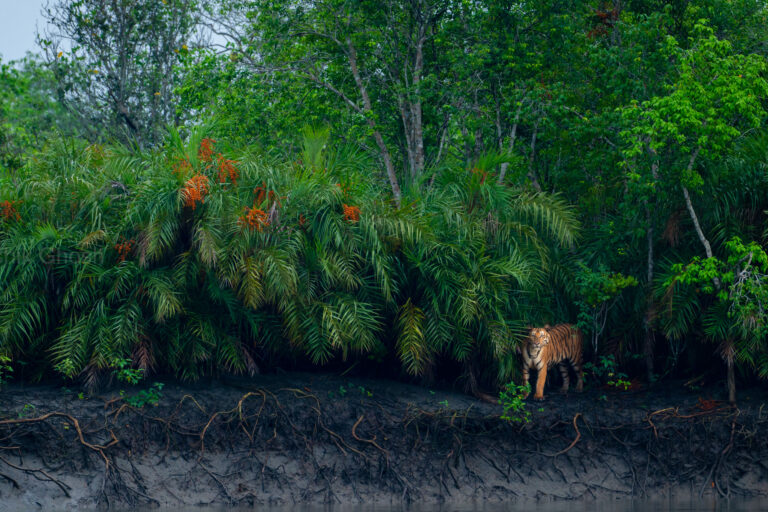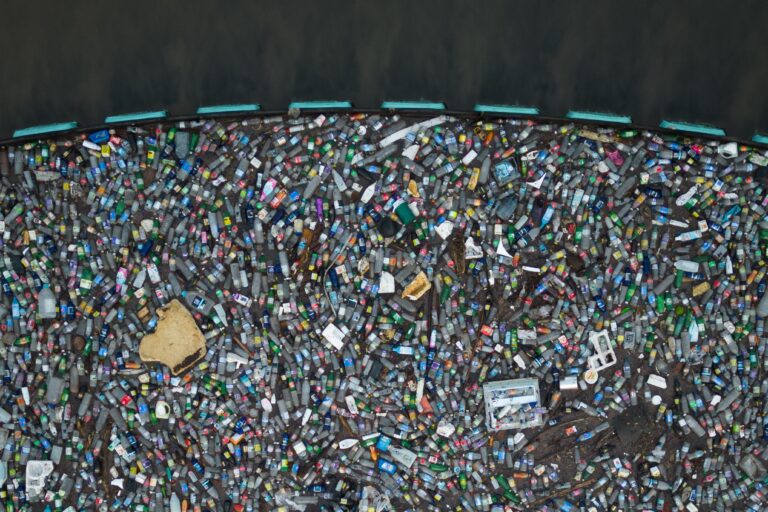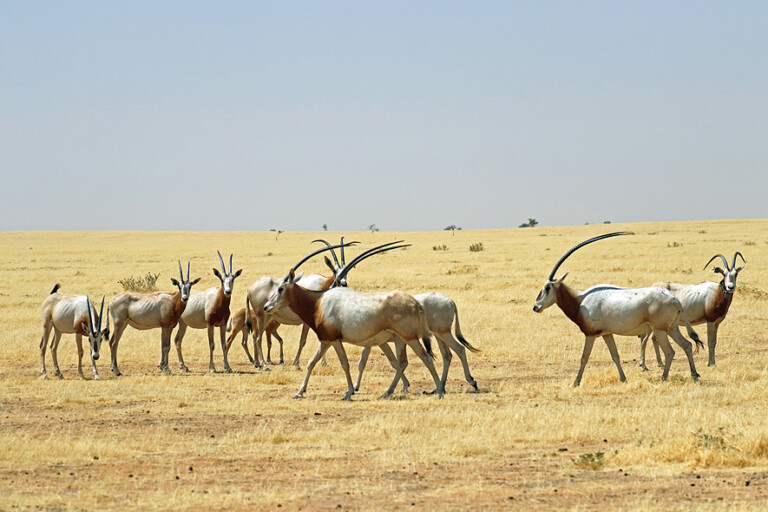Mangroves are an important lifeline for biodiversity, climate and coastal communities. Yet they are disappearing 3-5 times faster than total global forest losses, according to UNESCO.
On July 26, celebrated as the International Day for the Conservation of the Mangrove Ecosystem, we present recent stories by Mongabay’s journalists on emerging threats to these critical ecosystems and the women who are leading mangrove restoration efforts across the world.
Risks from tropical cyclones
A recent study found that mangrove forests globally could face severe risk from climate change-intensified tropical cyclones and rising sea levels, Mongabay contributor Elizabeth Fitt reported in June.
Mangroves, which typically grow in the tropics and subtropics, have evolved to be resilient against tropical cyclones. They even serve as buffers for coastlines against the resulting storm surges and strong winds. In the process, they may suffer damage, but they tend to bounce back when the storms don’t occur frequently. The study estimates that with climate change, tropical cyclones are likely to occur so frequently that mangroves won’t have enough time to recover.
Mangroves are already being cleared or degraded due to pollution, agriculture and infrastructure. The added risk from climate change is a problem because the ecosystem is responsible for an estimated $65 billion worth of annual flood protection across the world while 775 million people are considered “highly dependent” on such coastal ecosystems, the study says.
“The mangrove ecosystems providing the highest levels of benefits to people … are also at the highest levels of risk,” study lead researcher Sarah Hülsen, from ETH Zürich’s Institute for Environmental Decisions, told Mongabay.
Women as protectors
In coastal communities around the world, women’s organizations are proving to be an effective ally in restoring mangroves and empowering women through education and livelihood.
The women in the fishing community of Chelem, on the northern coast of the Mexican state of Yucatán, have helped restore hundreds of hectares of mangroves over 15 years, Mongabay contributor Astrid Arellano reported in April.
“Despite being from the coast, we didn’t know why the mangroves were important,” Keila Vázquez, coordinator of the local group Las Chelemeras, told Mongabay. “For example, they protect against cyclones and act as nurseries for commercial marine species such as prawns. Now we understand how much they benefit us.”
In Colombia, women who harvest mollusks have taken on the work of monitoring the health of local mangroves, setting up signs and reminders not to disturb the salt-tolerant trees to help them bounce back, Mongabay contributor Catherine Ellis also reported in April.
In Nigeria, too, women-led efforts are restoring mangroves in the severely degraded Niger Delta. Local Ogoni women have planted 2.6 million mangrove trees since 2018 in a region that has experienced oil spills, logging and invasive nipa palm plantations, Mongabay’s Aimee Gabay reported in January.
Banner image of mangroves in Raja Ampat, Indonesia, courtesy of The Ocean Agency/Ocean Image Bank.





